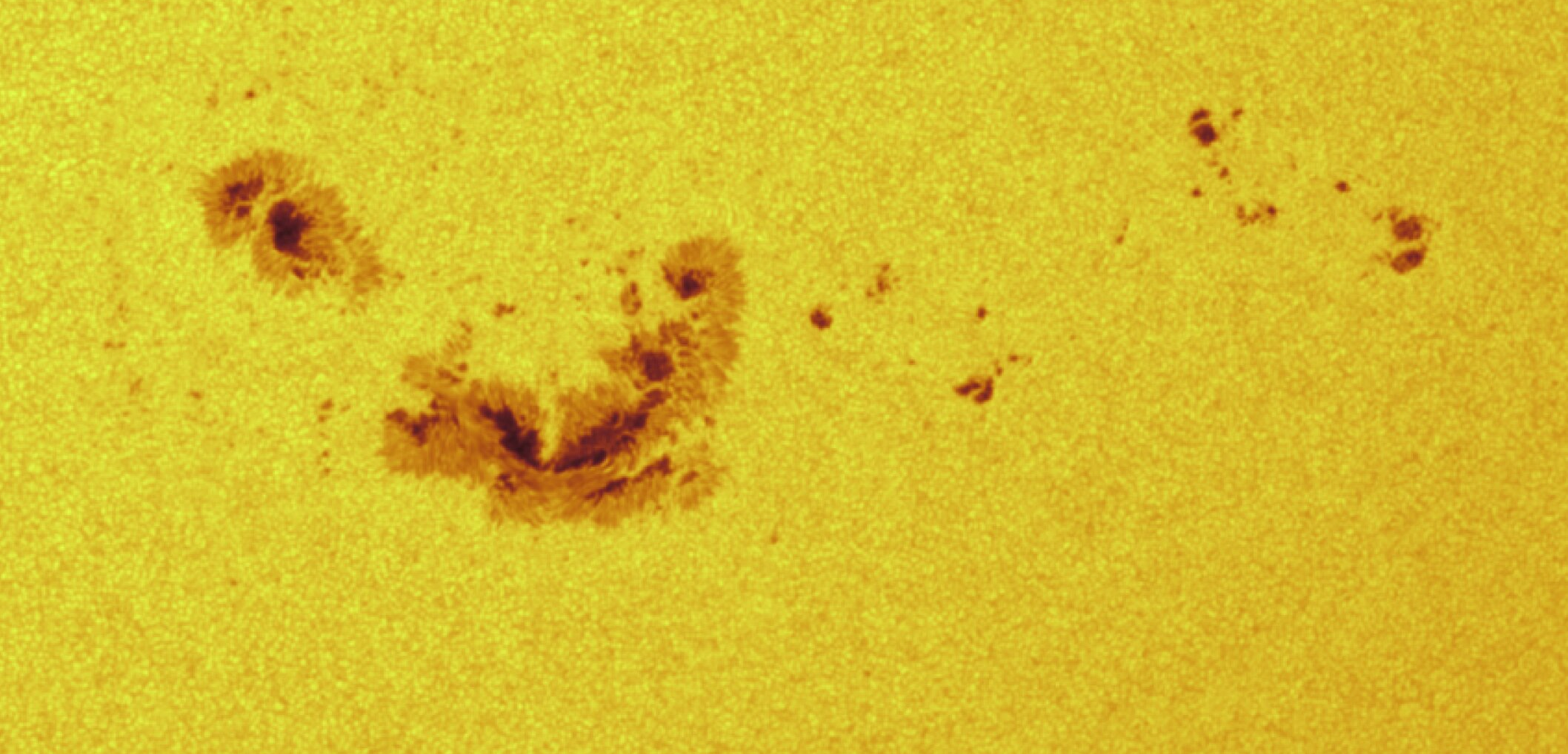Sun may be starting next solar cycle even though it’s only halfway through current one
Next solar cycle isn’t expected to start until 2030
Your support helps us to tell the story
From reproductive rights to climate change to Big Tech, The Independent is on the ground when the story is developing. Whether it's investigating the financials of Elon Musk's pro-Trump PAC or producing our latest documentary, 'The A Word', which shines a light on the American women fighting for reproductive rights, we know how important it is to parse out the facts from the messaging.
At such a critical moment in US history, we need reporters on the ground. Your donation allows us to keep sending journalists to speak to both sides of the story.
The Independent is trusted by Americans across the entire political spectrum. And unlike many other quality news outlets, we choose not to lock Americans out of our reporting and analysis with paywalls. We believe quality journalism should be available to everyone, paid for by those who can afford it.
Your support makes all the difference.Scientists have spotted the first signs of the Sun starting its next activity cycle even though it is only halfway through its current one, a discovery that could help better model solar storms.
The Sun goes through 11-year cycles during which the number of sunspots and the intensity of solar activity increase and reach a peak, bringing the highest likelihood of intense solar storms.
It is now approaching peak activity, or “solar maximum”, of its Cycle 25, called so as it is the 25th since 1755 when extensive recording of solar activity began.
While this cycle is not expected to end for another six years, scientists at the University of Birmingham have discovered the first signs of the next solar cycle.
During solar maximum, the sun flips its magnetic field and swaps its poles, which affects activity on the star’s surface, sending more solar flares hurtling towards the Earth.
Powerful solar storms at the height of the Sun’s activity can cause bright auroras even at lower altitudes.
They can also cause damage to satellites in orbit, electric power grids, and telecommunications systems.
Researchers track the sun’s cycle by measuring its internal sound waves and monitoring how it rotates.
These can be seen as a pattern of fast-moving bands – called solar torsional oscillation – that rotate and migrate towards the Sun’s equator and its poles during its 11-year cycle.

Scientists have known that the faster-rotation belts show up before the next solar cycle begins.
Researchers have found faint indications that the next solar cycle is starting based on new data revealing such rotation bands.
“If you go back one solar cycle, 11 years, on the plot, you can see something similar that seems to join up with the shape we saw in 2017. It went on to be a feature of the present solar cycle, Cycle 25,” Rachel Howe from the University of Birmingham said.
“We’re likely seeing the first traces of Cycle 26, which won’t officially start until about 2030.”
With more data, scientists hope to better understand the role played by these flows in the intricate dance of plasma and magnetic fields that drive the sun’s activity cycle.
“It’s exciting to see the first hint that the pattern will repeat again in Cycle 26, which is due to start in about six years,” Dr Howe said.

Join our commenting forum
Join thought-provoking conversations, follow other Independent readers and see their replies
Comments